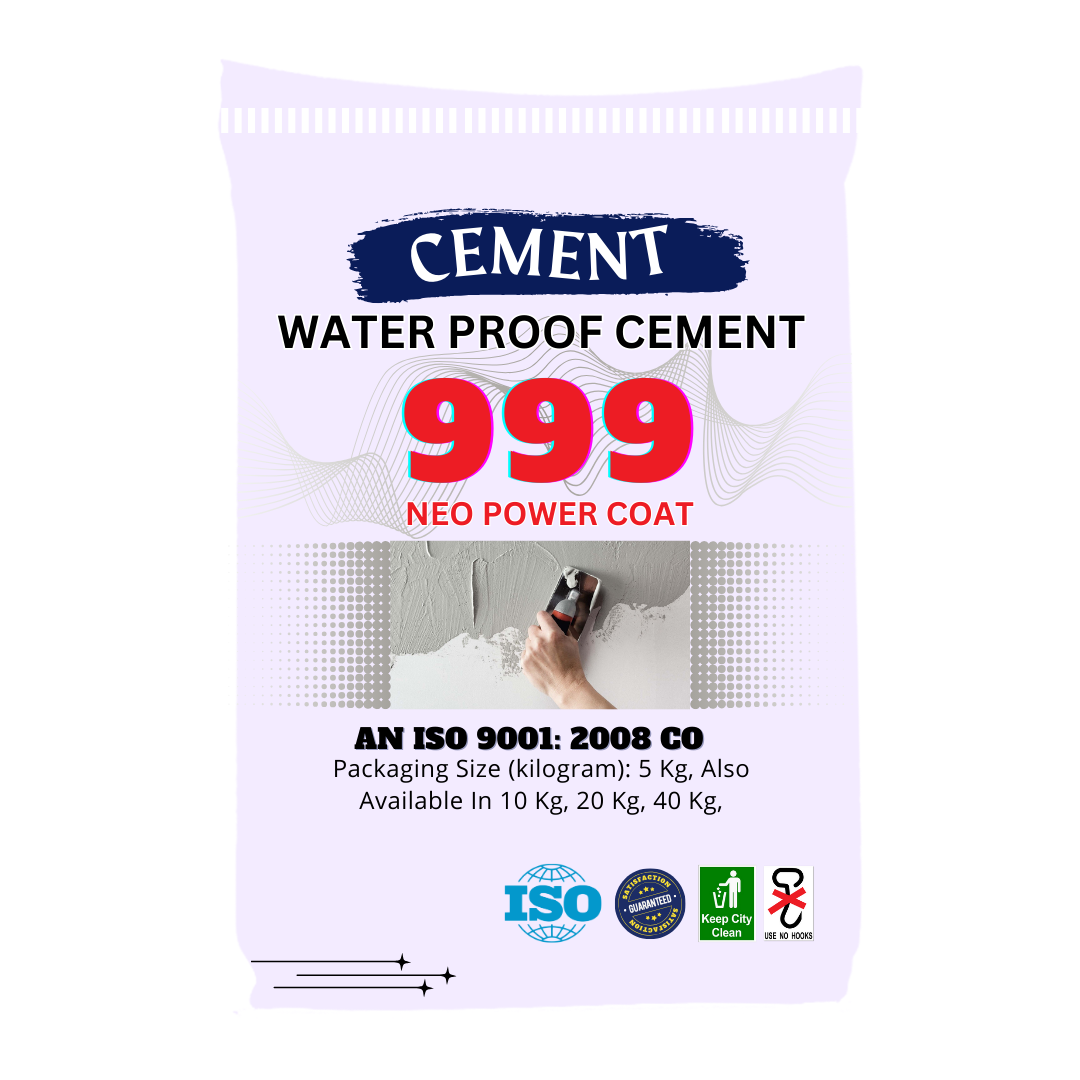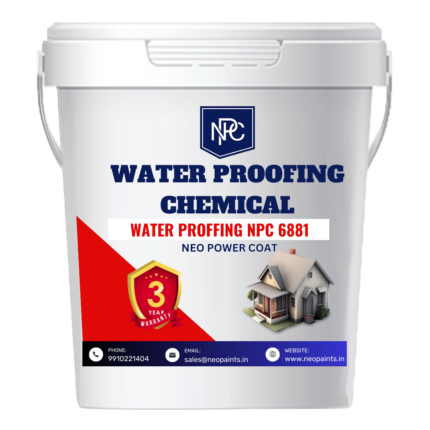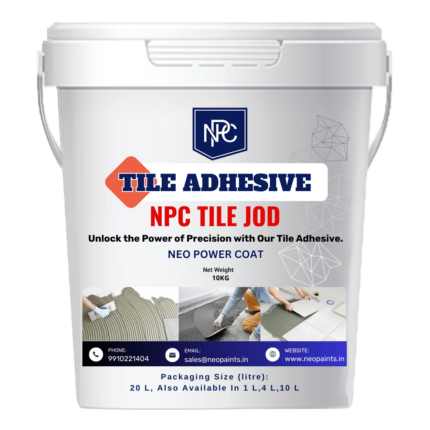Description
- Waterproof Additives: Various chemical additives can be mixed with the cement during the concrete production process to enhance its waterproof properties. These additives may include waterproofing agents like calcium stearate, silicon-based compounds, and acrylics.
- Hydrophobic Cement: Some types of cement are naturally hydrophobic, which means they have a natural resistance to water. Hydrophobic cement particles repel water, reducing its ability to penetrate the concrete.
- Specialized Aggregates: In addition to waterproof additives, using aggregates that are less porous can also improve the waterproofing properties of concrete. Aggregates like crushed stone, granite, or basalt are less porous and can reduce water absorption.
- Proper Mixing and Curing: The correct mixing of cement, aggregates, and water is essential to ensure a uniform and dense concrete mixture. Proper curing, which involves maintaining adequate moisture and temperature conditions after placement, helps the concrete attain its full strength and waterproofing potential.
- Sealants and Coatings: After the concrete has set, applying waterproof sealants or coatings on the surface can provide an additional layer of protection against water infiltration. These sealants can be applied to both the interior and exterior surfaces of structures.
- Waterproof Membranes: In some cases, a waterproof membrane or barrier may be installed beneath or on top of the concrete to provide an extra layer of protection against water intrusion. These membranes can be made of various materials, such as asphalt, rubber, or PVC.
- Proper Construction Practices: Ensuring that joints, cracks, and connections are properly sealed is crucial for preventing water from seeping into the structure. This may involve the use of specialized waterproofing tapes or sealants at vulnerable points.



















Reviews
There are no reviews yet.